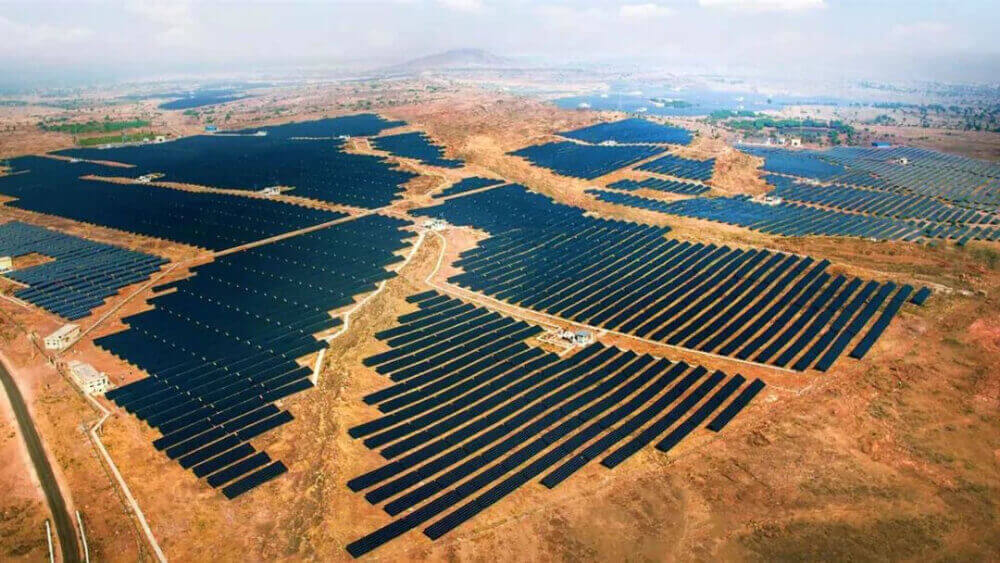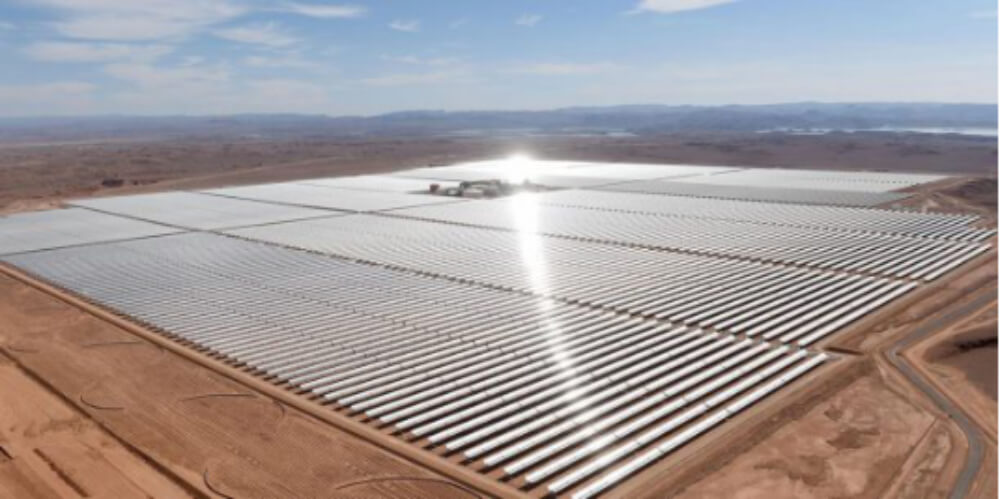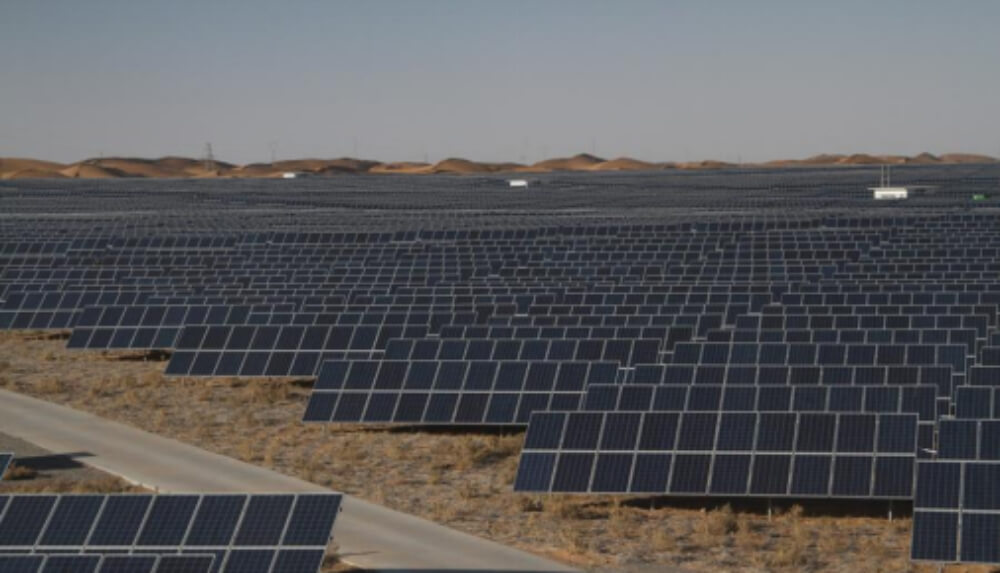Build a solar power project of more than 1 MW for industrial and commercial use in Africa
 namkoo solar
namkoo solar
Detailed steps to build a solar power project of more than 1 MW for industrial and commercial use in Africa:

A.Conduct a feasibility study:
- Determine the energy requirements of the industrial and commercial facilities to be served by the solar power plant.
- Conduct a detailed solar resource assessment to determine the solar irradiation levels, the shading patterns, and the daily and seasonal variations in solar radiation.
- Identify the land area requirements for the solar plant, and assess the suitability of the site in terms of access, topography, and soil conditions.
- Assess the technical and economic feasibility of the project by comparing the expected costs and benefits of the solar power plant to other energy sources and the grid connection cost.
- Evaluate the regulatory and legal framework for renewable energy in the country and obtain necessary approvals and permits.
B.Design the solar power plant:
- Select the type of solar photovoltaic (PV) technology and module configuration based on the feasibility study results and the energy requirements.
- Determine the optimal array layout, taking into consideration the shading, land availability, and the grid connection.
- Select the inverters, transformers, and other balance-of-system components based on the design specifications and performance requirements.
- Prepare detailed engineering designs and construction plans for the solar power plant.

C.Secure financing and insurance:
- Determine the financing structure for the project, which can include debt, equity, grants, or public-private partnerships.
- Identify potential investors and lenders, and negotiate favorable terms and conditions for the project.
- Obtain insurance coverage for the solar power plant to protect against risks such as natural disasters, equipment failures, and liability claims.
D.Procure equipment and materials:
- Procure solar modules, inverters, transformers, and other balance-of-system components from reputable manufacturers and suppliers.
- Obtain necessary construction materials, such as mounting structures, cabling, and conduits.
- Ensure that all equipment and materials meet the required quality and safety standards.
E.Construct the solar power plant:
- Clear and prepare the site for construction, including leveling the ground, installing drainage systems, and constructing fencing and security measures.
- Install the solar modules and the mounting structures, and connect them with the electrical wiring and conduits.
- Install the inverters, transformers, and other balance-of-system components, and connect them with the solar modules and the grid connection point.
- Conduct commissioning tests to ensure that the solar power plant is operating according to design specifications.
F.Connect to the grid and operate the solar power plant:
- Obtain the necessary grid connection permits and certifications from the local utility.
- Connect the solar power plant to the grid, and test the interconnection and synchronization.
- Implement a monitoring and control system to track the solar power plant's performance and energy production.
- Train the operations and maintenance staff to operate the solar power plant and carry out routine maintenance and repairs.

G.Maintain and optimize the solar power plant:
- Conduct regular inspections, cleaning, and maintenance of the solar modules, inverters, transformers, and other equipment.
- Monitor the performance of the solar power plant and optimize the operation and maintenance based on the results.
- Replace and upgrade equipment and components as necessary to maintain the solar power plant's reliability and efficiency.
Building a solar power plant of more than 1 MW for industrial and commercial use in Africa can be a challenging and complex process, but with proper planning, design, construction, and operation, it can provide clean, reliable, and affordable energy to support economic development and environmental sustainability.


































